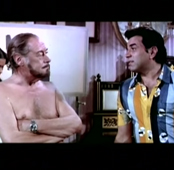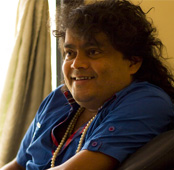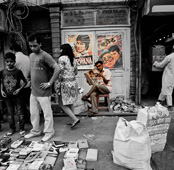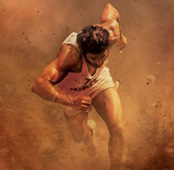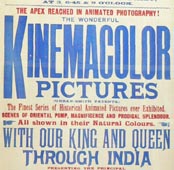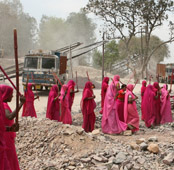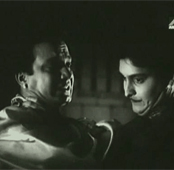-
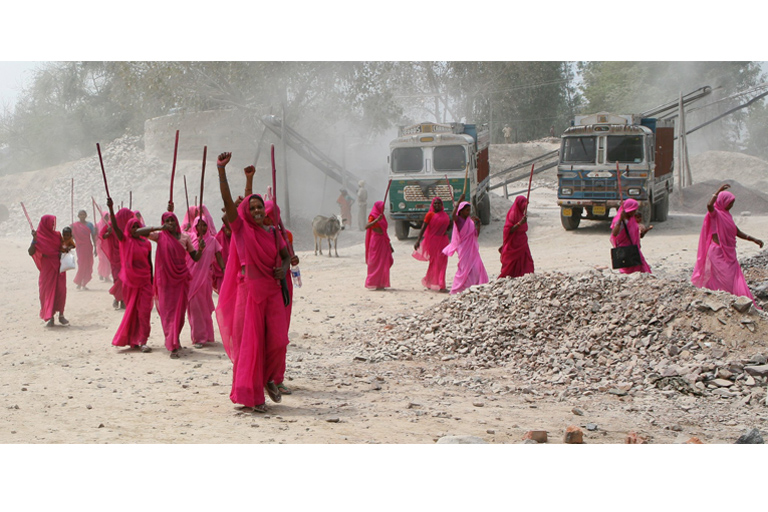 A still from Gulabi Gang
A still from Gulabi Gang -
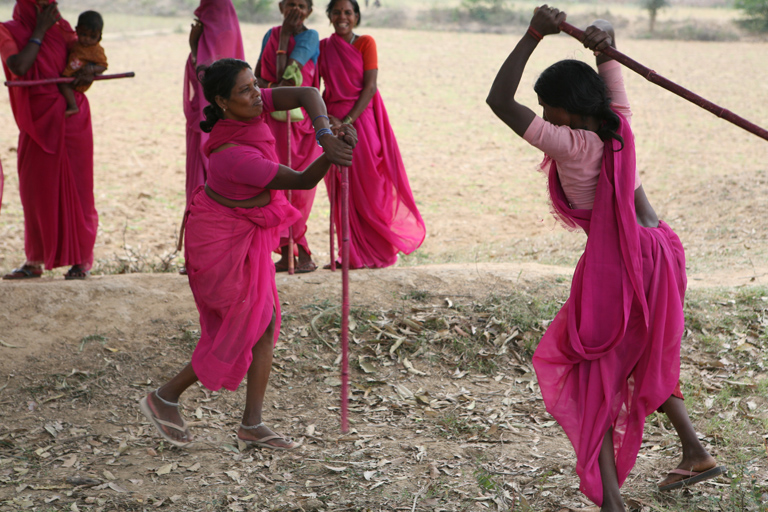 A still from Gulabi Gang
A still from Gulabi Gang -
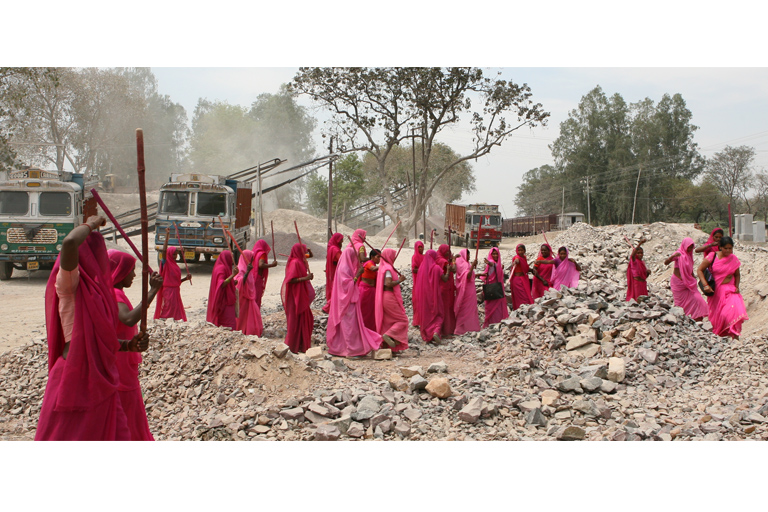 A still from Gulabi Gang
A still from Gulabi Gang -
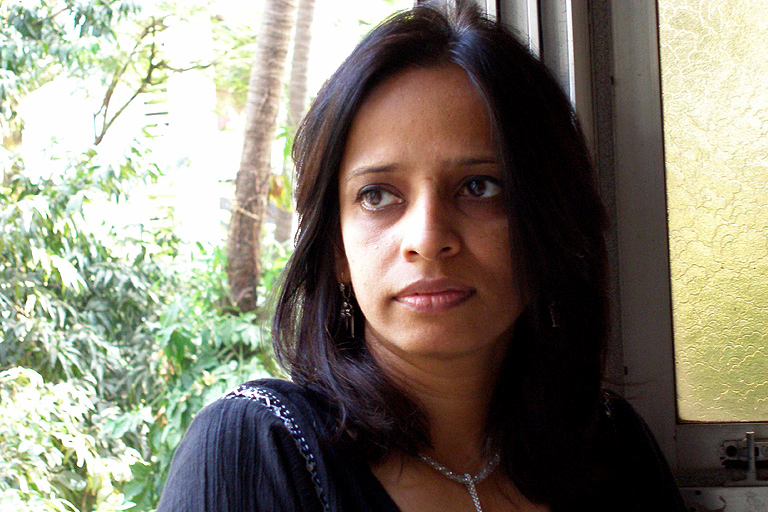 Nishtha Jain
Nishtha Jain
Nishtha Jain’s documentary, Gulabi Gang, is about a group of rural women in Uttar Pradesh who fight for the rights of women and Dalits. Sampat Pal Devi formed Gulabi Gang in 2006 to combat corruption and crime against women. The group is named after its pink sari clad members who wield bamboo sticks and seek to bring about justice in a patriarchal society riddled with poverty, caste divisions, and crime. Here’s Nishtha Jain on why she chose to make this documentary, the process of making it, her relationship with Sampat Pal during and after shooting the film, and her views on the gang’s ideology. Gulabi Gang releases in India, in select cities, on February 21.
There were many reasons for making Gulabi Gang. The most obvious reason was to look at a women’s movement in one of the most backward parts of the country. I wanted to profile the members of Gulabi Gang. The majority of them are poor, old, unlettered and from backward castes. The film is an ode to their courage, humour and resilience.
Bundelkhand has thrown up very strong women—some celebrated, some notorious—Jhansi Ki Rani, Phoolan Devi, Mayawati and Sampat Pal Devi, the leader of Gulabi Gang. Ironically, women are forced to become masculine in order to fight machismo and patriarchy. I can talk about it from my own experience of growing up in Delhi. Travelling in public transport meant we had to be in combative mode all the time. We often had scuffles with men who violated us. We had to raise our voices to be heard. And we had to be vigilant. My whole body language and attitude changed once I moved to Mumbai. I realized that only people living in equal societies could afford to be soft-spoken. They don’t need to be shrill or aggressive. It’s with this consciousness that I travelled with my camera to the charged and conflicted spaces where Gulabi Gang functions.
We know so little about what’s happening in our rural areas. These areas reek of neglect— not just governmental neglect but neglect of the intelligentsia. Women have no one to turn to in these areas. There was one known NGO, but in the several months we were there, we didn’t manage to meet anyone. The extent of gender and caste violence that goes unreported is shocking. It was absolutely crucial for me to present this heartless milieu in which Gulabi Gang is attempting to bring about a change.
In January 2009 when I started making my film there was no feature documentary on Gulabi Gang. There was a book but it was in French (Moi, Sampat Pal: chef de gang en sari rose). And there were only a couple of written pieces about the gang on the Internet. It took me some time to raise money for the project but when I was ready to shoot I learnt that another crew had landed there so I had to wait. I finally began shooting in September 2010. I shot for five months, edited for over a year and it premiered in June 2012.
I chose to shoot in winter because of the winter-light. It might sound strange that documentary filmmakers should have considerations like this over and above the content but my documentaries are not reports or newsreels. There’s conscious planning of what stories we’ll be pursuing and why. For me, the visual aspect of the film is equally important. This is a visual medium after all. The composition of shots, the light, the movement— these are all elements that enrich the narrative. But I don’t blindly lust after the image either; it’s not about capturing beautiful images but about capturing the right moment in the right way.
Often people ask me whether the members of the Gulabi Gang cooperated with me. I think people don’t realize that documentaries shot for such long periods of time cannot be done without the permission or cooperation of the protagonists. People also wonder about how the women opened up to me. I don’t have an answer to this question because it happened organically, I didn’t have to try. Looking back, I am inclined to say I was closer to the two Lakshmis— the protagonists of my previous two documentaries (Lakshmi and Me and Call it Slut). But perhaps that is not entirely true because all relationships are different and they also change and evolve over time. My relationship with Sampat took a different trajectory. At first she would get very impatient with what she called my ‘NGO-urban-feminist’ views. She could sense my reserve. But still she was generous enough to allow me access. I grew to admire certain qualities in her, especially during editing when I could closely observe what she had said, how she conducted certain negotiations. It’s only when we travelled in Norway during the theatrical release of our film that we got a chance to relax and unwind a little.
When it comes to making a documentary, I believe editing is the most important stage because documentaries actually take shape on the editing table. We shot approximately 200 hours of footage, which is not much given the kind of film it is. The final running time of the film is 96 minutes. That is roughly a 1:125 ratio. There were very interesting cases that we pursued but some were too complicated to include in the film and we also had to keep the final duration in mind. But now I would like to put back some important stuff, which I had deleted to bring the film to its current length. There’s always a trade-off between detail and attention span. The initial feedback was that the film is too long so we had to reluctantly cut some portions. The new length worked for everyone but at the same time some people would ask why I didn’t show this or that. It’s difficult to please everyone with one film. But I’m still hoping that I can bring out the longer version for outreach purposes.
As regards my views on the ideology of the gang, I don’t know if there’s any homogenous discourse around feminism or whether that’s desirable. The Gulabi Gang is doing what they can within the limitation of their understanding, means and circumstances. I strongly believe that we should allow room for different voices to exist. If India as a nation has survived this long it’s because of its ability to resist homogeneity. Let us not try to kill that with the dominant urban western views and paradigms. There are other lessons to be learnt out there, let us not dismiss them without examining them.
Are they vigilantes? What’s my opinion about vigilante justice? In her personal capacity, Sampat Pal does arbitration in marital and inter-personal cases, but not as a Gulabi Gang representative. People come to her with their problems, largely related to their marriages or inter-caste, inter-religious love affairs and she makes the two parties come together, makes them reach a settlement. She makes them sign a paper and acts as a guarantor. She claims 90% success in these cases. These are non-criminal cases. A lot of people come to her because they can’t afford long, drawn-out legal battles. These settlements have to be understood in the context of a non-functional and corrupt judiciary. But also Gulabi Gang as a group doesn’t dole out vigilante justice. They hold rallies and protests against malpractices. Gulabi Gang’s protests are no different from people’s protests in any part of the world.
Of late, I haven’t kept up with the activism and politics of the gang in as much detail as I would like to. I don’t have the means to travel there as exhaustively as I did while shooting. But I know what happened to the particular cases I followed in my film. About the gang’s activities I know from what I hear from them or from the media reports, though one cannot fully trust what is reported. The kind of access we got during the shooting is impossible to repeat. However, I would like to take my film to the far-flung villages where it was shot and share it with as many Gulabi Gang members as possible. I hope that there’ll be a spin-off from the theatrical release enabling me to do this.
As Told to Tanul Thakur
Rani Pink
ArticleFebruary 2014



